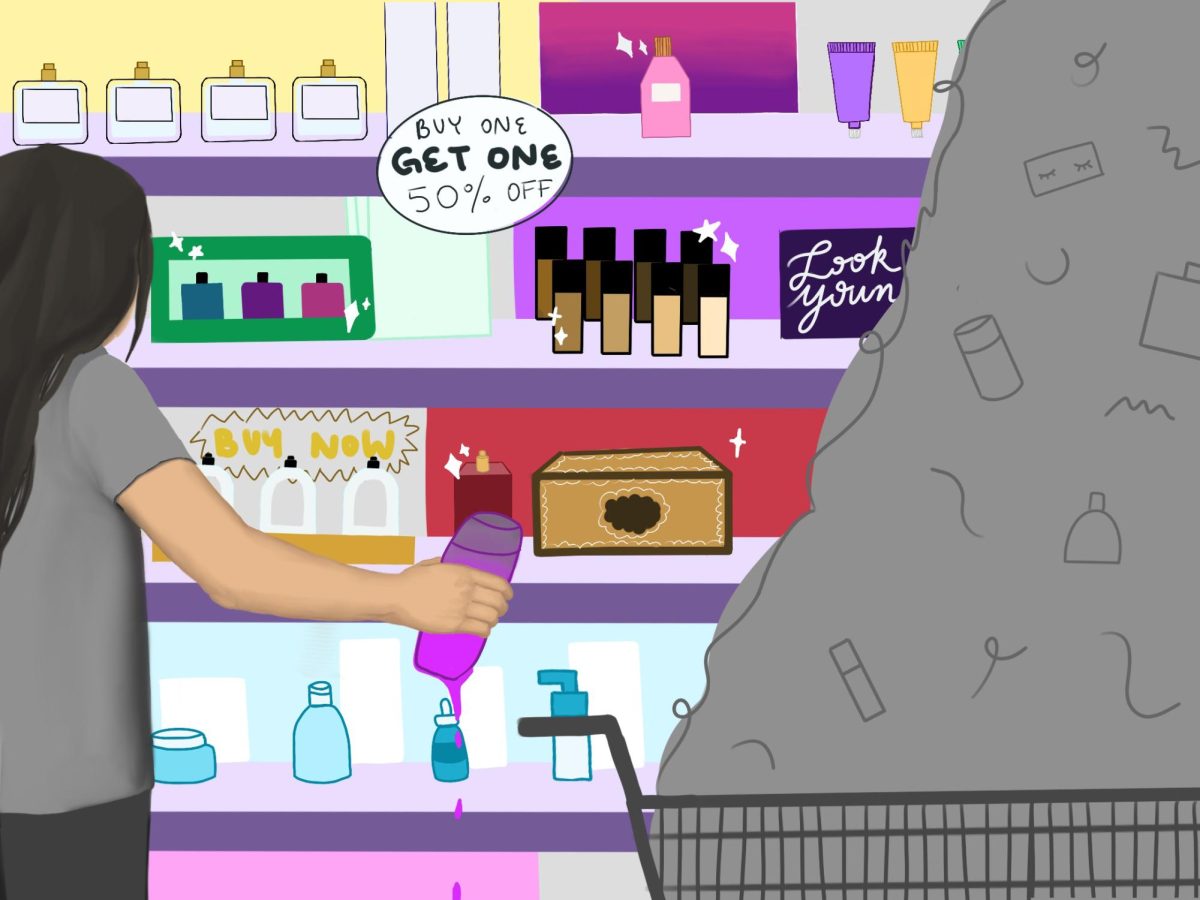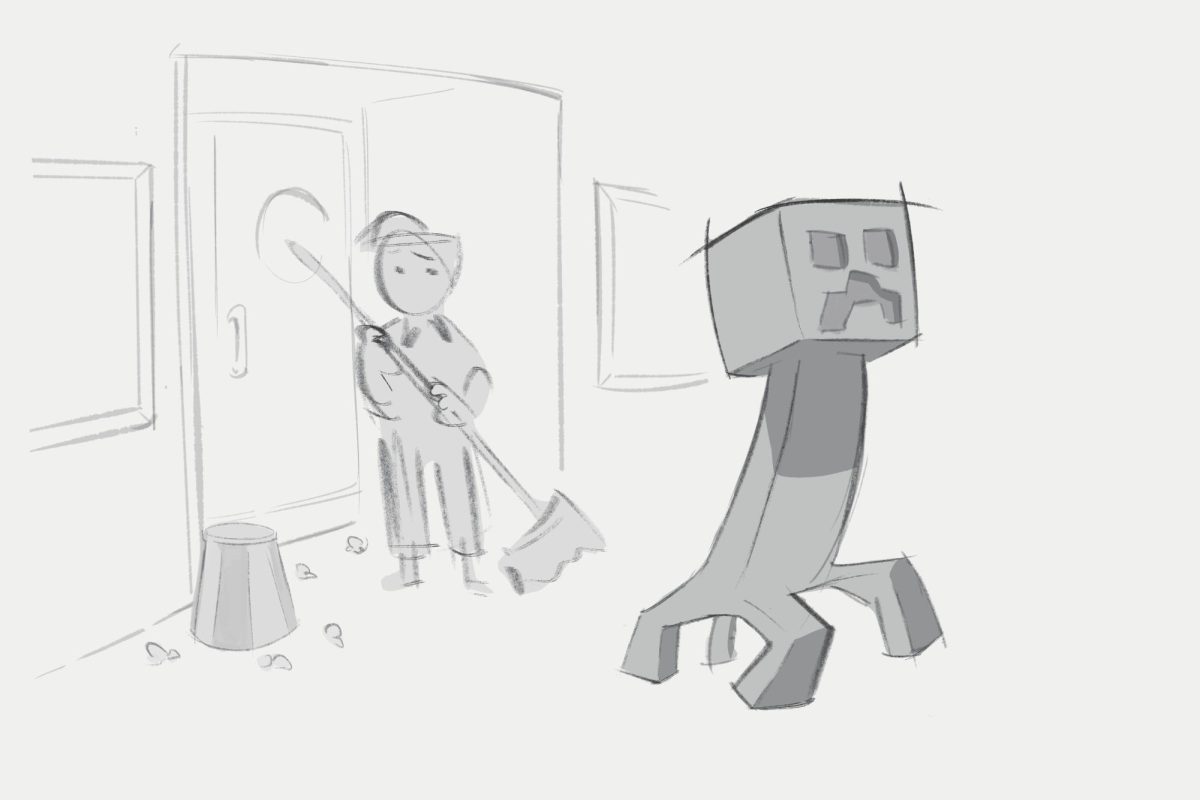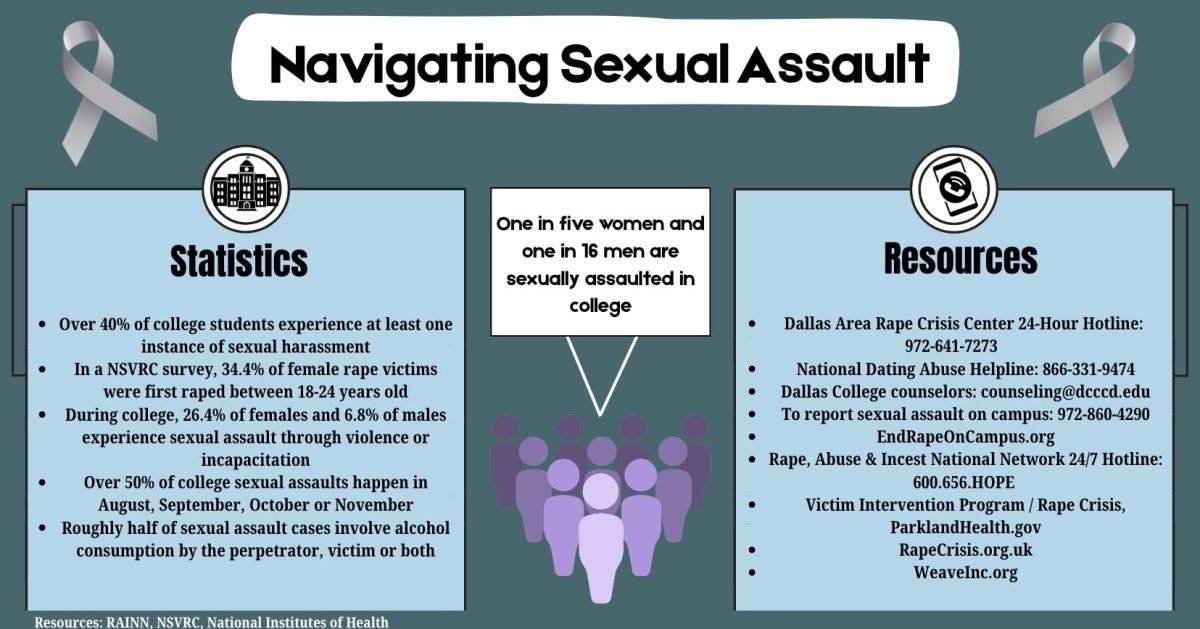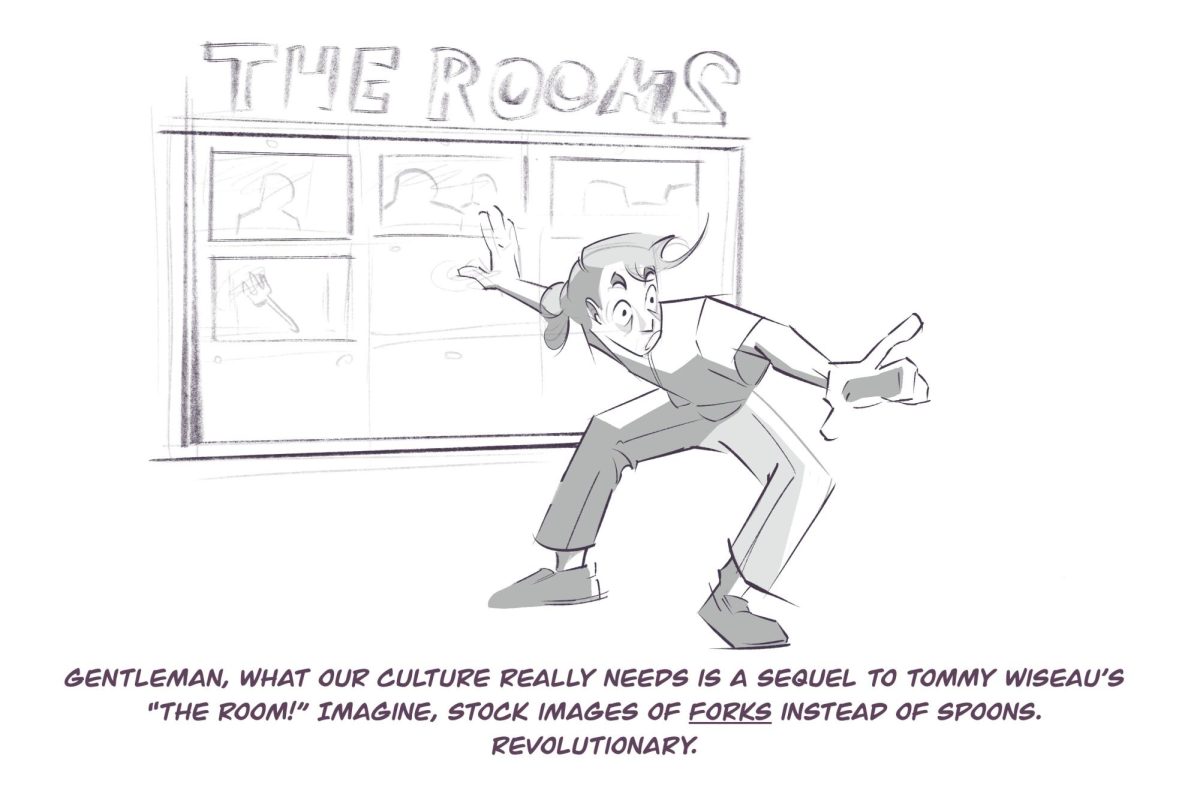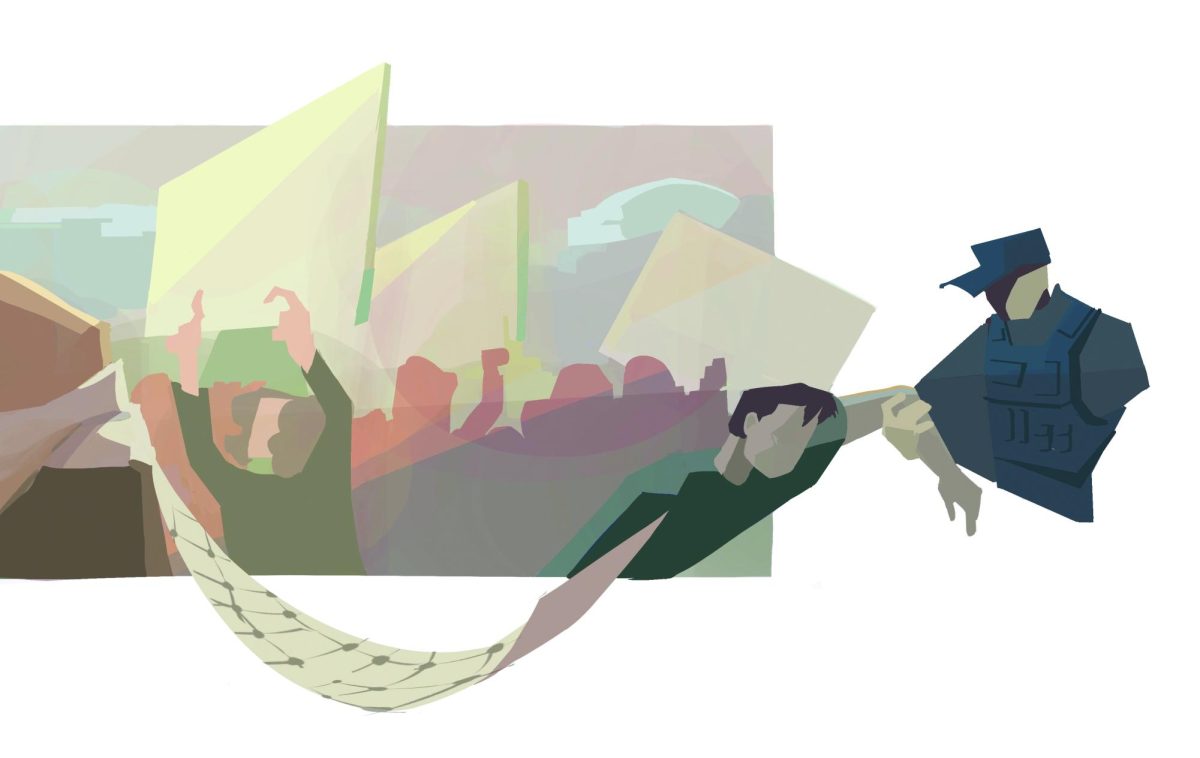America’s favorite pastime from absorbing media through books or TV shows has quickly devolved into scrolling for hours on end through various social media platforms, cycling through them like condiments on a Lazy Susan. While this is a problem in and of itself, the real problem lies within the brief 10-second to minute-long videos on platforms such as TikTok. As you scroll, you will find dozens of influencers within different niches posting “hauls.” They show you a new variation of a product people have seen time and time again. Alternatively, the more popular influencers receive insane amounts of “PR packages,” full of unnecessary amounts of products. Although the videos may seem harmless or may even be simple advertisements, what lies beneath is hyper-consumerism and overconsumption.
I can remember when I would watch YouTube influencers and they did the same hauls as TikTok influencers. Things are different now. Children are getting phones at younger ages, and most parents don’t track their screen time. Recently, there has been an influx of beauty store employees on TikTok, making note of the substantial number of young girls infiltrating their stores, with most of them creating messes throughout the aisles with the beauty products.
While I do not think regular shopping is a problem, the problem lies in what these young girls are purchasing and the mass quantity they purchase them in. For starters, brands like Drunk Elephant and other luxury brands in Sephora and Ulta are not cheap. Secondly, they contain chemicals that have no business being applied on a child. Carol Cheng, a assistant clinical professor of dermatology and board-certified dermatologist and pediatric dermatologist said in an interview with UCLA Health that there are certain chemicals that should not be on childrens skin. Cheng said: “Many products have what we call “active” ingredients – like salicylic acid, retinols, peptides. They are more suitable for mature skin to target wrinkles or skin with specific concerns like acne. But for tweens and teens, these ingredients can do damage, irritate the skin and cause the reverse effects they are hoping to achieve.”
I don’t want to knock down self-expression, nor do I think wearing makeup is inherently only for a particular age. Still, the insane amount of beauty supply these girls have now is something I cannot even begin to fathom. I could only rely on what I could sneak from my own mother’s cosmetic bag.
Danielle Vermeer, product manager, in a WBUR article, said: “There’s a lot of pressure that Gen Z feels where they feel like the weight of the world is on their shoulders, that they have to be the ones to fix some of these world issues. But they also have grown up as digital natives being bombarded and immersed in social media.”
In the same piece, the interviewees acknowledge how mass purchasing on websites like SHEIN values their items at low prices, encouraging consumers to mass purchase their products. SHEIN is an extremely popular fast fashion company that creates cheaply made products, reflected in the prices.
All of the money consumers are spending on fast fashion producers could have been used toward buying timeless and ethically made products and clothing. According to The Round Up, the amount of clothing produced each year nearly matches the amount of clothing that ends up in landfills, where fast fashion trends are left to die.
In an environmental piece published by NPR on Dec. 5, 2021, Michael Levitt, assistant producer for “All Things Considered,” a commentary program on NPR, evaluates the detriments of consumerism as well as alternatives to overconsumption. Levitt cites journalist J.B. MacKinnon’s book “The Day the World Stops Shopping, How Ending Consumerism Saves the Environment and Ourselves,” in which MacKinnon said consumerism not only steers the economy but powers climate issues. He said eventually the planet will not be able to keep up with the newest trends the same way TikTok influencers are.
I have struggled with the need to buy whatever the new trend is, but I am getting better at putting things back on the shelf. I do not need another drink tumbler, I do not need another blush in the same color as my four other blushes, and I do not need clothes that are going to wear and tear after only a couple of uses and washes.
Ultimately, the goal to become more sustainable is to begin rejecting the hyper-consumerism disease and to begin turning toward more environmentally friendly and wallet-friendly alternatives. More and more people are leaning toward second-hand shopping and thrifting to fuel their new closet finds. Not only is second-hand shopping affordable, but it also provides the buyer with lasting pieces that will last them longer than a $3 piece of clothing from SHEIN.


